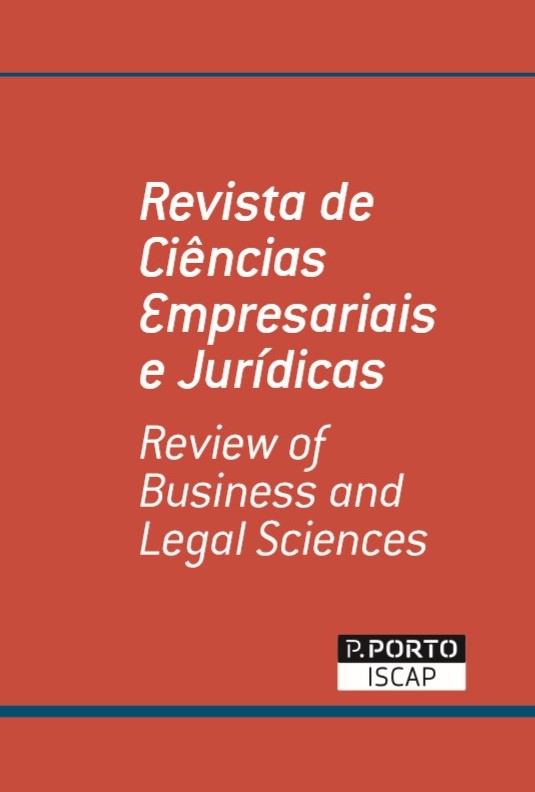Na corda bamba entre competição e a cooperação
subsídios para a compreensão de algumas estratégias negociais da GRH como intermediária
DOI:
https://doi.org/10.26537/rebules.vi29.2634Keywords:
Conflict Management, HRM, Competition, CollaborationAbstract
In the binomial between competition and cooperation some research postulates structural frameworks to see how HRM departments in organizations manage their conflicts, within an internal customer logic. These departments manifest themselves according to their idiosyncrasies, negotiating in a competitive way but, at the same time, without neglecting more cooperative actions that facilitate agreements . Departments that operate close to customers are often geared toward maximizing profits in line with customer needs. The ‘support’ units (technostructure) are more oriented towards cost minimization (bearers of a heavy post-Taylorist heritage), producing or buying effectively, but in a logic of safeguarding the interests of employees. The common goal is to balance the customer’s expectations with the company’s business philosophy. This essay, which has in Deutsch (2000) a conceptual booster, is inspired by a doctoral dissertation (Moreira, 2010) and aims to promote the debate on these two negotiation styles in the logic of HRM. The management of professional relations by the HRM is an emotions management that can activate sources of conflict, given the exercise of power that implies (Moreira, 2010). The ‘effectiveness’ of GRH is dependent on the adaptation of the appropriate trading technique (s) to the (more or less instrumental) function . However, empirically, much of the organization’s theories focus on the insertion of conflictual relations within a trade union framework, rather than on a more evident bet on HRM which, in our view, may be of significant importance in (inter)mediation between the parts. Keywords: Conflict Management, HRM, Competition and Collaboration.





